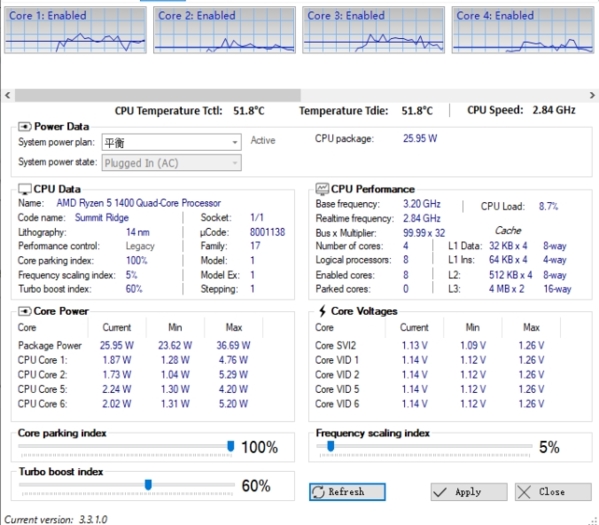
Next are mobile workstations, productivity-minded laptops designed for professional content creation and data analysis and often optimized for the specific advanced applications they use. (That malady, when it affects a PC game, is often dubbed being "CPU-limited.") The second consists of high-end gaming laptops that pair a powerful mobile GPU, chosen to blaze through the latest games at a level appropriate for the laptop's screen, with a CPU that is at least sufficient not to hamper the graphics chip. You'll find them under top vendors' business brands, such as Latitude for Dell, ThinkPad for Lenovo, and EliteBook for HP. The first is made up of business machines with top-end processors but integrated graphics. The fastest laptops, from a raw-CPU perspective, tend to fall into four classes.

Rather, laptop design is always a trade-off of these factors, where it's not possible to twist all three of these knobs to 10. The best of all possible worlds-maximum graphics and CPU power, maximum battery life, and thin, light design-is a goal ever out of reach. Their high-end chips not only cost more, but they require more space and weighty thermal hardware to keep cool. That's why buffed-up gaming laptops or high-powered mobile workstations tend to be thick, heavy, expensive beasts. Higher-powered CPUs or GPUs on a given platform tend to (1) cost more, (2) require more electricity when fully engaged, and (3) run hotter when taxed to the max.

How to Convert YouTube Videos to MP3 Files.How to Save Money on Your Cell Phone Bill.How to Free Up Space on Your iPhone or iPad.How to Block Robotexts and Spam Messages.


 0 kommentar(er)
0 kommentar(er)
